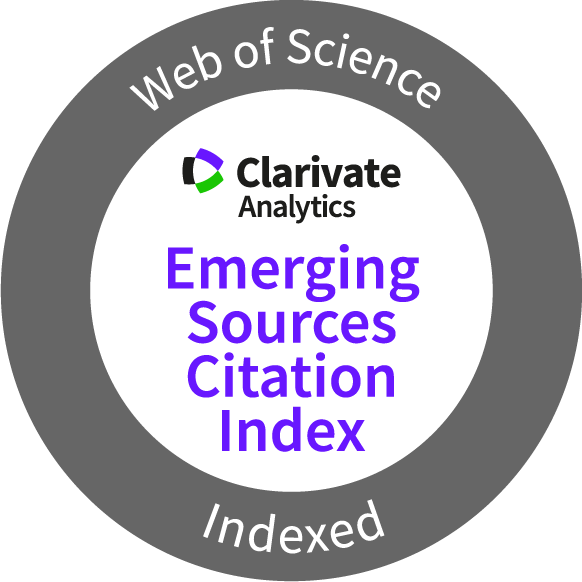HbA1c Level in Type 2 Diabetes Mellitus Patients With and Without Obesity in An Indonesian Regional Hospital
Fritsal Tinangon, Linny Luciana, Martina Rentauli Sihombing, Harny Edward
Abstract
Diabetes Mellitus (DM) is a disease characterized by hyperglycemia due to insulin deficiency or impaired insulin function. The International Diabetes Federation (IDF) estimated that approximately 463 million people aged 20 to 79 years old were affected by DM worldwide in 2019. Indonesia is the third highest with a prevalence of 11.3%. More than 90% of diabetic patients are obese which reduced insulin sensitivity. This study aimed to determine the difference in HbA1c levels between obese and non-obese patients with Type 2 Diabetes Mellitus (T2DM) at Tarakan Regional Hospital, Indonesia. Data from medical records of T2DM patients from January to December 2023 were collected based on inclusion and exclusion criteria using consecutive sampling method, resulting in 128 samples. The results of the study, as determined using the Mann Whitney test, indicated a significant difference in the HbA1c levels between T2DM patients with and without obesity (p=0.031), with non-obese T2DM patients tend to have better HbA1c control compared to their obese counterparts. Thus, it can be inferred that obesity affects the blood glucose control in diabetic patients. However, this result needs to be further researched as there are a few limitations inherent to this study, particularly the partial availability of certain medical record information, such as duration of diagnosis and medication adherence.
Keywords
HbA1c, Obesity, Type 2 diabetes mellitus
DOI:
https://doi.org/10.15395/mkb.v57.3990 Article Metrics
Abstract view : 652 times
PDF - 264 times
This work is licensed under a
Creative Commons Attribution-NonCommercial 4.0 International License .
Creative Commons Attribution-NonCommercial 4.0 International License
<div class="statcounter"><a title="free hit counter" href="https://statcounter.com/" target="_blank"><img class="statcounter" src="https://c.statcounter.com/10168247/0/9e2d3da1/0/" alt="free hit counter" referrerPolicy="no-referrer-when-downgrade"></a></div> View My Stats








